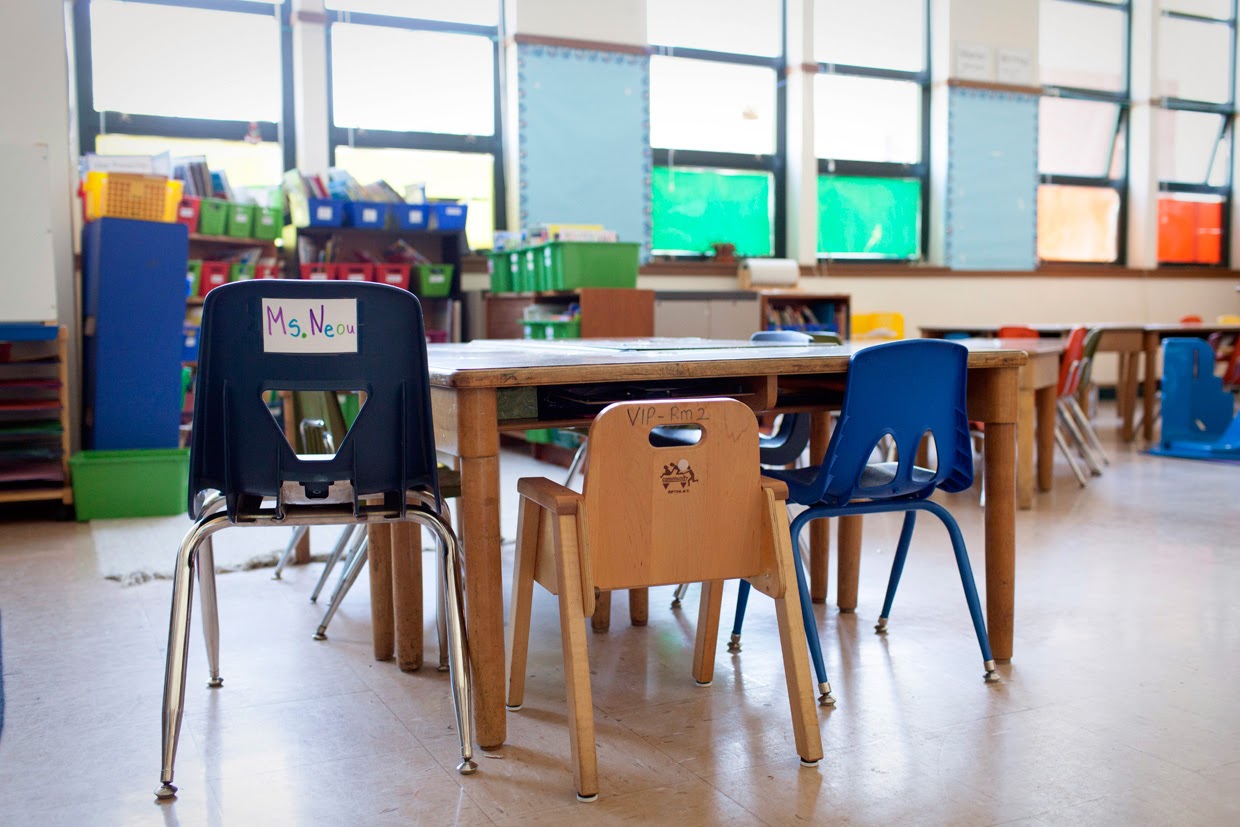Recent data from the Centers for Disease Control reveals that 1 in 22 four-year-old children in California are on the autism spectrum, significantly surpassing the national average. This increase, attributed in part to early diagnosis in California, underscores the pressing need for effective interventions in our schools.
At Peres K-8 School in Richmond, lower elementary teachers have witnessed the rise in autism cases. Over the past two years, more students are grappling with emotional dysregulation, sensory issues and negative behaviors, prompting a surge in referrals for interventions and special education services. The strain on classroom teachers is palpable as they endeavor to meet the diverse needs of students on the autism spectrum while also attending to their other students.
This challenge is not unique to Peres; West Contra Costa Unified School District faces similar trends in many of its schools. In response, the district’s special education department has endeavored to equip its teachers with skills to manage these complex classrooms. Efforts include compensating special education teachers for completing online courses on the Autism Focused Intervention Resources and Modules website, offering coaching on evidence-based strategies, and adopting a social skills curriculum tailored to address social communication deficits prevalent among students with autism. However, resource limitations and high demand for support have limited the impact of these initiatives.
Behavioral issues pose significant hurdles to learning for both students with autism and their peers. For instance, a student on the spectrum may repetitively touch a peer due to social communication deficits, which, if left unaddressed, could escalate into more severe behaviors. Similarly, sensory needs may lead another student with autism to frequently leave their chair, disrupting the learning environment. Additionally, transitions between activities are common triggers for negative behaviors such as screaming or attempting to escape from the classroom.
As a former special education teacher in a class for students with extensive support needs, I recognize the critical importance of promptly addressing behavioral challenges to prevent disruptions that could affect not only the student’s learning experience but also that of the entire class. Collaboration among educators, support providers and families is paramount, particularly for families from low-income backgrounds who may lack resources. Providing families with practical, research-based strategies they can implement at home fosters continuity and promotes student success.
Now, as a special education teacher specializing in mild-to-moderate disabilities, I am more dedicated than ever to advocating for evidence-based practices that have been shown to be effective for learners with autism. For example, strategies grounded in research, such as visual supports and reinforcement, have demonstrated efficacy in managing classroom behavior and enhancing learning outcomes.
The California Autism Professional Training Network (CAPTAIN) champions the use of evidence-based practices statewide. Collaborating with diverse agencies, the network promotes interventions backed by scientific research, aiming to enhance outcomes for students with autism. Alongside visual supports and reinforcement, there are 26 other identified evidence-based practices accessible through the Autism Focused Intervention Resources and Modules (AFIRM) website. As an extension of the National Professional Development Center on Autism Spectrum Disorder, the AFIRM website offers modules on planning for, using and monitoring evidence-based practices for learners with autism spectrum disorder from birth to 22 years of age. This resource serves as a valuable tool for educators striving to effectively implement evidence-based strategies.
While mastering these approaches may initially seem daunting, proficiency develops with practice. The long-term benefits of employing evidence-based practices are immeasurable, offering students with autism the opportunity to thrive alongside their peers in inclusive educational settings.
It is essential to acknowledge that autism is a spectrum, and a diagnosis does not automatically necessitate extensive support. With customized accommodations and assistance, students on the autism spectrum can thrive in the general education setting. Through dedicated collaborative efforts and the implementation of evidence-based practices, educators and families can pave the way for success in mainstream classrooms. It is imperative for districts to prioritize resources for professional development and coaching on evidence-based practices, ensuring that all students, including those with autism spectrum disorder, receive the necessary support to flourish in inclusive environments.
Every student, regardless of ability, deserves an educational environment where they can thrive. Let us commit to creating supportive and inclusive spaces where students on the autism spectrum can reach their full potential alongside their peers.
Jenine Catudio is an education specialist for students with mild-moderate needs at Peres K-8 School in Richmond. From 2016-2021, Catudio, who was also a CAPTAIN Cadre member, served as a special education teacher in an extensive support needs classroom in the same school.
The opinions expressed in this commentary represent those of the author. EdSource welcomes commentaries representing diverse points of view. If you would like to submit a commentary, please review our guidelines and contact us.
